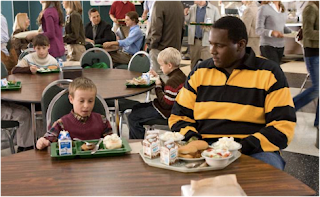Before RTF 305, I had never used a blog before. However, the use of blogs in this course was a very engaging form of communicating what we learned from lectures and readings. It was also helpful to explore the various opinions on a certain topics. Getting started with Blogger was a challenge at first. Technically, I was not familiar at all with the format of a blog. I actually made a large error. I accidentally closed the window and then Blogger would not allow me to continue my registration process, claiming my username was already taken. This caused mild panic on my part but eventually I solved the problem. My first blog posts strictly followed the grading criteria, but over time I felt more comfortable including my personal reflections. At times, it was difficult to know what to say, in terms of interpersonal communication versus intrapersonal communication. However, eventually I compromised my intercommunication for a more personal perspective. I wrote the blog solely for my own input rather than for others to read. I found that blog prompts that ask you to explain a concept used in class were easier but less interesting. For example, the 10th blog prompt where we were to provide an example of globalization was very straightforward. My favorite blog prompts were the 4th, 8th, and 9th. I found the 4th blog prompt particularly interesting because it involved watching a modern sitcom. I chose Modern Family and enjoyed it a lot. For the 8th assignment, I chose to do the three-act structure in The Blind Side, one of my favorite films and it was fascinating to see the progression of the structure in the film. The 9th prompt was solely up to you to decide a form of advertising that caught your attention. Being an advertising major, I found this an extremely interesting topic. I chose the Dovelution that looked at the use of the average woman in Dove’s campaign. Interesting topics were easier for me to complete. Yes, I would recommend using a blog in future courses because it was a helpful and interactive way to apply learned topics in real world applications. To improve the blogging experience, I would suggest more interaction amongst students, maybe in discussion groups. Commenting on blogs could provide further insight and an overall improved blogging experience.
Yes, you can use my blog in a paper or report.






_11.jpg)

